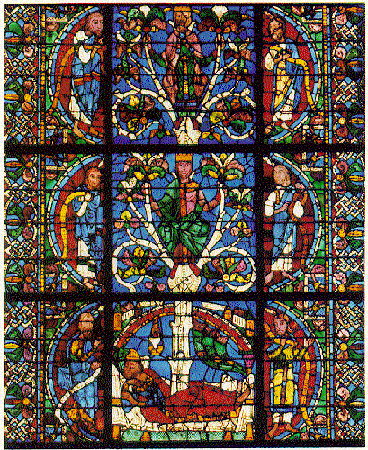In contrast, genealogies were a deeply integral part of Jewish society at the time of Jesus. Land was inherited based on family lines, and those who could not prove their ancestry in Israel were considered to be outsiders.
Because of this difference, modern readers tend to skip over the genealogies in Scripture. The “begats” may not be fascinating reading, but don’t disregard them. God had reasons for inspiring every part of the Bible—even the genealogies of Christ.
On December 17th, with the beginning of Late Advent, we hear the lineage of our Lord Jesus Christ as it’s recorded in St. Matthew’s Gospel. His genealogy is recorded all the way back to Abraham, and in the Old Testament we have the genealogy from Abraham back to the first man, Adam. This is not an insignificant detail. Indeed, it is a crucial fulfillment of prophecy. Adam’s sin brought judgment and death into the world, but a Saviour was promised—the Seed of the woman who would strike the head of the serpent (Genesis 3:15). Jesus Christ is the “Last Adam” (1 Corinthians 15:45), the promised Seed of the woman.
Jesus is the Saviour who was promised throughout history. The genealogies in Matthew and Luke show Him as the descendant of Abraham, Isaac, Jacob, and eventually David—men to whom these prophecies were made. God promised Abraham that all nations would be blessed through his offspring, a promise which was ultimately fulfilled in Jesus Christ.
By reading these genealogies, we see that Jesus was a direct descendent of King David. This is also a fulfillment of many Old Testament promises. The promised Messiah would be the descendant of David (2 Samuel 7:12–14) and would one day rule on David’s throne (Isaiah 9:6–7).
Jesus Christ is the promised Messiah—the descendant of Abraham and David, and He is our Saviour who gave His life to redeem us from our sins.
___________________________________________
Image: Stained glass, "Tree of Jesse"
